If you’re looking for the best running shoes, then you’ve come to the right place. We’ll tell you everything you need to know about how to choose the best running shoe for you.
The perfect running shoe is crucial for comfort, performance, and injury prevention. With myriad options on the market, how to choose the best running shoes is a question many runners face.
Key Takeaways
- Know your foot shape and running style for the best shoe fit.
- Cushioning, weight, stability, and flexibility are essential shoe features.
- Try on shoes with running socks for the right fit.
- Different shoes suit different running terrains.
- Replace running shoes regularly to avoid injuries.
- Use gait analysis or visit specialist stores for personalized advice.
Evaluating Your Running Style and Foot Type
Before you choose a running shoe, it’s essential to understand your running style and foot shape. Choosing running shoes that fit you well starts with assessing your foot’s arch type and gait pattern. A professional fitting at a specialty running store can be invaluable.
The Importance of the Right Fit
Choosing the right running shoes involves more than just foot size. It’s about the right combination of support, cushioning, and fit. How to choose the best running shoes for my feet means considering if I have a pronated, supinated, or neutral gait and choosing shoes designed for that specific foot mechanics.
Understanding Different Types of Running Shoes
There are different types of running shoes designed to cater to various needs. The main types include neutral running, stability, and motion-control shoes.
- Neutral running shoes are ideal for runners with a natural gait. They provide cushioning and support without interfering with your foot’s natural movement.
- Stability running shoes have features like medial posts that help reduce overpronation. They are suitable for runners who need more support due to flat feet or low arches.
- Motion control shoes have even more support and are designed for severe overpronators or heavier runners who need extra durability.
How to choose the best running shoe? That fits your style
Whether you’re a short or long-distance runner, the most important equipment you need is a decent pair of running shoes.
Finding the running shoe that best fits you is not a walk in the park. There are numerous options available on the market that can satisfy the most demanding customer.
However, before proceeding, it is worth understanding that no running shoe is perfect for everyone. Still, it is likely to find a shoe that will be perfect for you.
To pick the right shoe, you must ensure it fits properly from heel to toe and is comfortable with your regular running stride.
Picking the right shoe for you is most important. Running in the wrong shoes can be a disaster. An unfitting selection can cause foot pain, back pain, Achilles tendinitis, a runner’s knee, or any other problem.
Before you choose, you usually have only a few minutes to run through 3 to 4 models. That’s why knowing all the little details regarding your feet, running style, and running surface is crucial.

Factors to Consider When Choosing Running Shoes
When it comes to running, the right fit is essential. A good pair of running shoes should fit snugly around the heel, with enough room for your toes to move. Your feet tend to swell when you’re running, so it’s best to try on shoes at the end of the day when your feet are at their largest.
Shoe size isn’t the only factor to consider when looking for the right fit. The right type of shoe can make a significant impact on your running experience. For instance, if you’re a road runner, road running shoes are designed specifically for pavement and occasional forays onto packed surfaces with slight irregularities. Trail running shoes, however, are designed for off-road routes with rocks, mud, roots, or other obstacles. They are enhanced with aggressive tread for solid traction and fortified to offer stability, support, and underfoot protection.
Lastly, consider your running style and goals. If you prefer a more minimalist or barefoot running experience, lightweight or minimalist shoes may be the best fit. These shoes offer little to no cushioning and are designed to feel like you’re running barefoot.
How do I find shoes that fit?
Choosing the right shoe is essential to exercise, but it can be tricky. There are many factors to consider, and shoe companies try to make it as easy as possible for their customers. To help you choose the right shoe, we have compiled this guide to helping you select the best running shoe for you.
Everybody, more or less, want the same thing from a running shoe: comfortable fit, lightweight, cushioning, and support.
However, these features are not sweat-free. This means that you have to run the shoe several hundreds of miles to have the final verdict. Of course, it will be a little too late at that point.
Recommending the best running shoes is not straightforward. There are a lot of constraints that need to be addressed. The best shoe for you also has to suit your run. It has to suit your mileage, weight, terrain, and feet shape, and morphology.
Every runner has to choose the features that best fit them. A cushioned and more supportive shoe is a must for a heavier runner. A lighter runner will probably prefer a more minimal shoe. Likewise, you would prefer a more bouncy and cushioning pair for a comfortable ride for longer runs. However, you would go for something lighter, faster, and more minimal for racing.
This article aims to help you pick your next great pair and minimize the risk of a wrong choice.
Cushioning – What is it and why it matter?
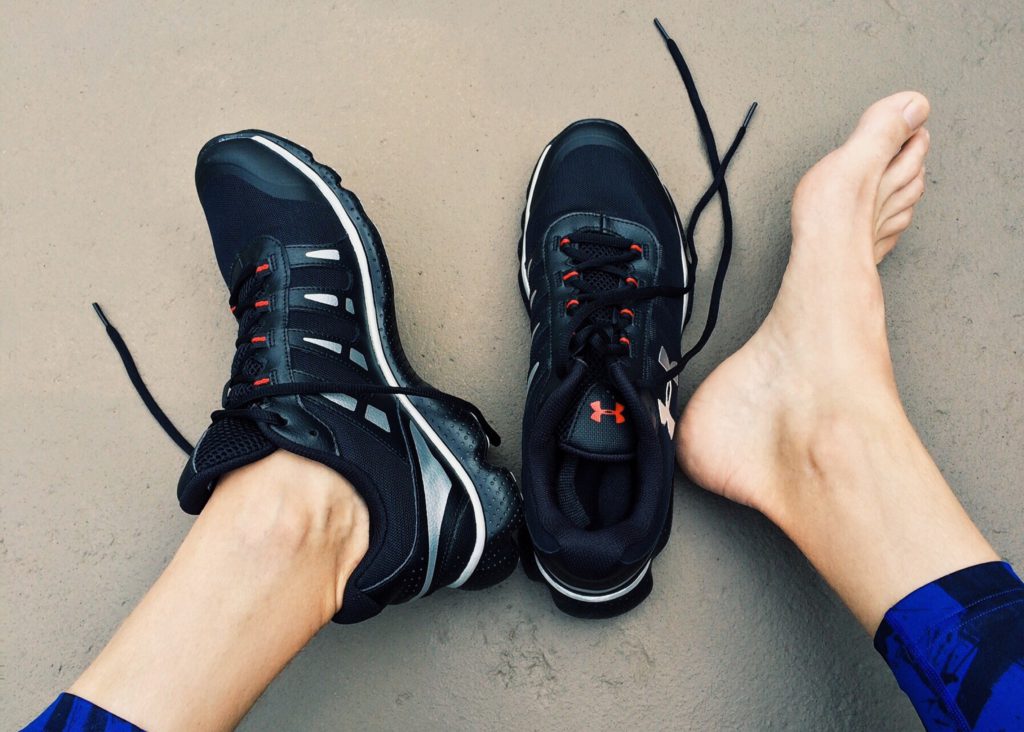



First of all, let’s establish what cushioning really is. It’s a thin piece of rubber added underneath the ball of the foot to help protect the arch, strengthen the bottom of the foot, and reduce impact in the event of a foot strike. It can also help lower the punishment if you have an injury restricting you from running on cushioned roads.
Each time your foot touches the ground, your body receives a shock 4 times your body weight every run. This means that in the case of a 75 kg runner, the body receives 75 x 4 = 300 kg shock. These constant shocks can generate joint problems, eventually leading to stopping running because of the pain.
That is why it is important to use running shoes with sufficient cushioning. Cushioning absorbs impact. It is a key feature to protect your feet against common injuries. A great pair of running shoes will cushion your feet and legs from the impact of repeatedly hitting the ground.
But what makes the best cushioned running shoes feel so good?
They stand between the lines of soft and supportive, comfortable and lightweight. Over the years, there have been several approaches to maximizing comfort without overlooking the crucial performance factors for athletes.
Running Gait – What it is and why it matter?
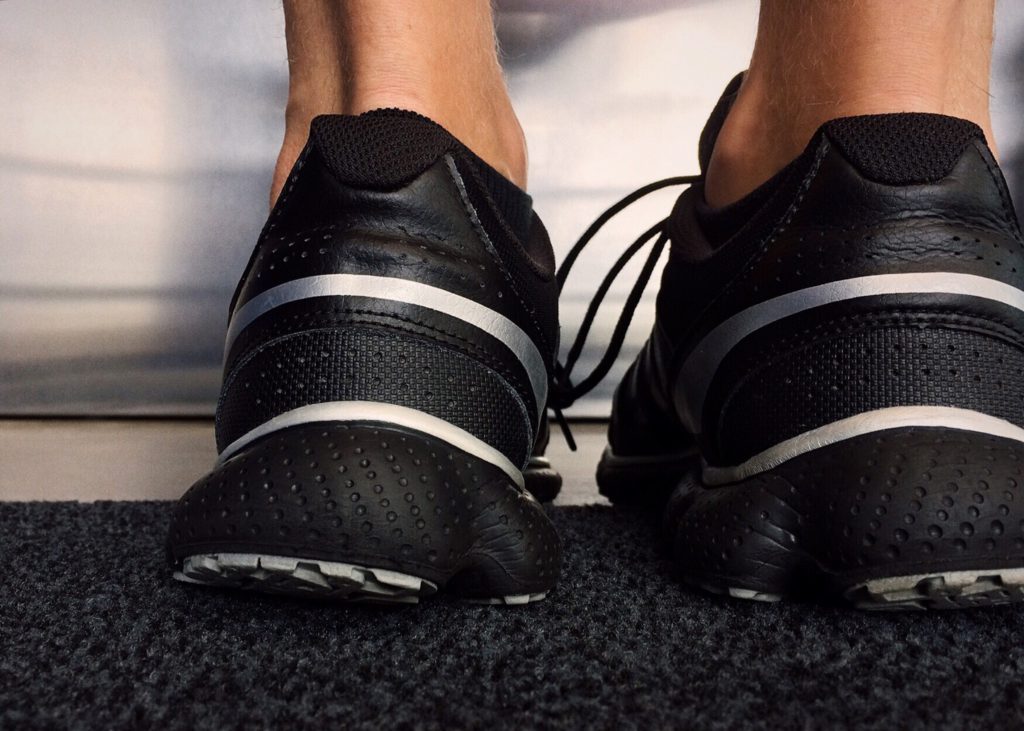



Your gait is the way of moving your feet. Running gait is the way your foot strikes the ground. Everyone has their own unique gait that defines their running style.
The posture and the foot’s interface with the ground are two significant factors that make normal gait possible. If either is not optimal, it is likely, over the long term, to add stress and strain to tissues and eventually cause injuries.
Running gait is further analyzed into three types of pronation:
- Neutral pronation is when your foot comes in complete contact with the ground. Under this type, your foot usually rolls inward about 15 percent to absorb shock.
- Underpronation is a rolling motion to the outside edge of the foot during a step. It appears when the outer part of your heel hits the ground first and your foot rolls inward at less than 15 percent.
- Overpronation is noticed when your foot rolls inward more than 15 percent, which can cause stability issues with your foot and ankle. The ankle rolls too far downward and inward with each step. It continues to roll when the toes should be starting to push off.
Understanding your running gait will help you enhance your running performance.
How to Check Your Running Gait?
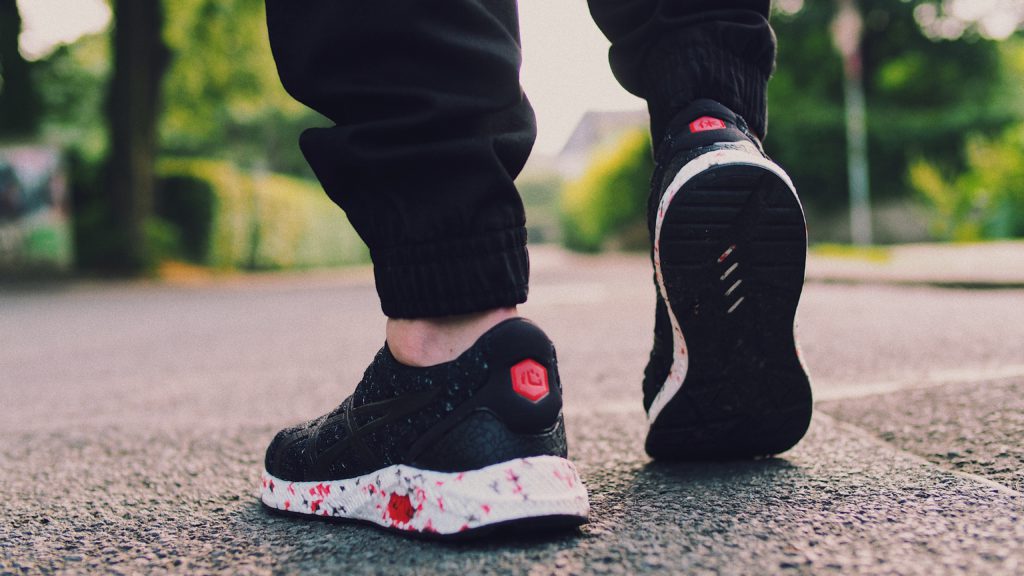



If you’re really serious about running, the best way to analyze your gait is to visit a specialty running store. You can get a full gait analysis as you run on a treadmill and identify the type of running shoes and support best for your running style.
Usually, the staff are runners, so you’ll also get some additional hints to help you improve your technique.
In addition to those key stats, we look at the shoe’s stability features, flexibility, and energy return to help you find one you’ll love. To see the data, click to read the men’s review or women’s review on any shoes below.
Gait can also be a big factor, particularly if your gait shows an excess of pronation or supination (inward and outward rolling of the foot as it strikes and pushes off from the ground), as you may need a shoe or insole that addresses this.
While all these variables may sound complicated, particularly if you’re new to the sport, keep the following five golden rules in mind.
Try them before you buy them
As they say, size matters. This is an expression that fits 100% in picking the right shoe. Size can vary from brand to brand, so you better try them on before you buy them. In case of an online bargain, visit your local store before you order to ensure the size best fits you.
Even a quick walk around the store can give you a good idea of comfort and help you highlight any tiny details that could make a difference. Or even better, take a few laps around the store, if allowed. This way, you’ll have a more accurate feel for the shoe’s fit.
To choose the correct size, it would be better to try them on after a run or even later in the afternoon. This will simulate the max size of your foot. By trying them for the day, your feet become swollen from physical activity, and you will avoid buying shoes that are too small.
Surface matters
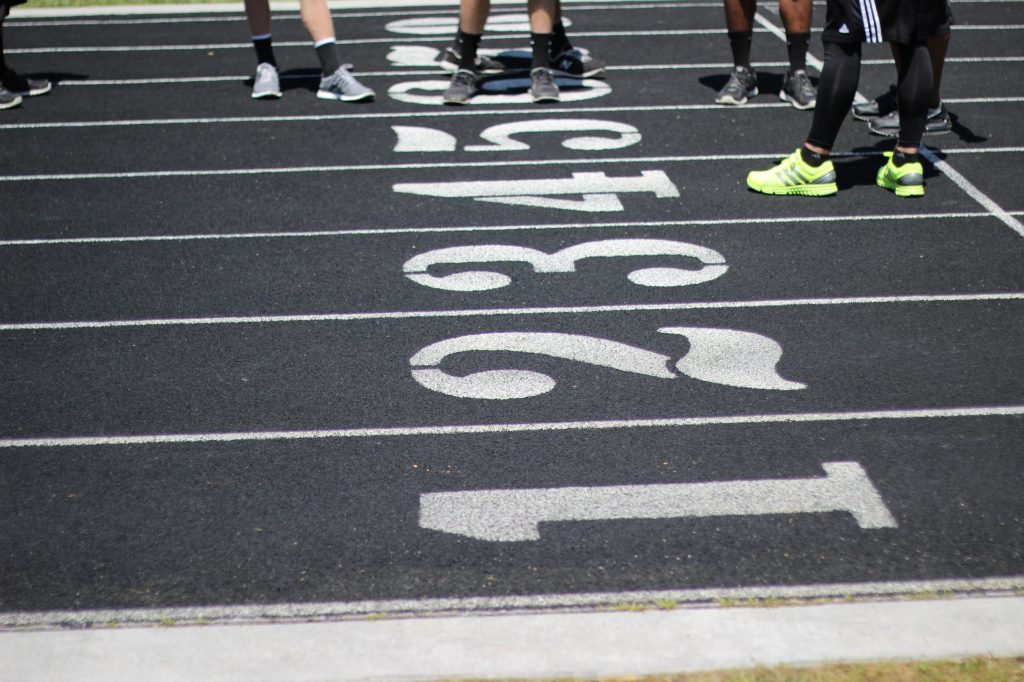



The terrain is a key factor influencing the shoe best for your foot. Define where you plan on running: on the road, on the trail, or a mixture of both.
For instance, offering grip, lighter-weight shoes, and less traction would be the right choice if you plan on running on a flat track or court. Yet, in trail running, good traction, support, and cushion for the uneven ground would be the best mixture.
Racing or Training
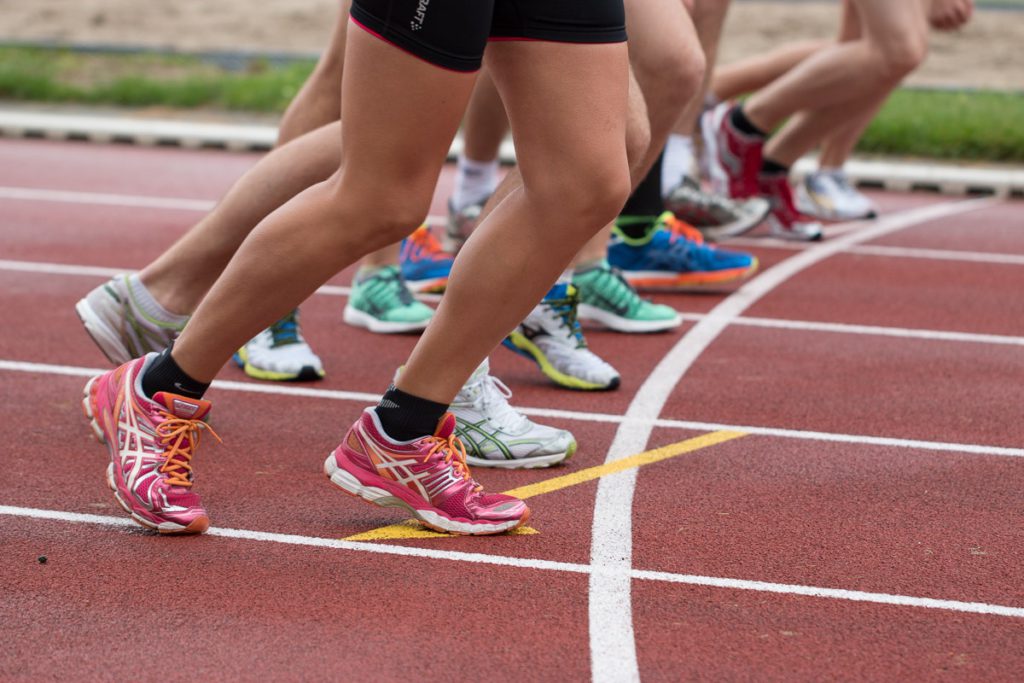



Usually, serious runners use different running pairs for racing and training. Usually, you use a training shoe for longer mileage and a lighter race shoe, which is better used for shorter periods, depending on the race. No matter your choice, you must wear your shoes before hitting race day or putting in the longer runs.
Comfort matters
When the moment of truth comes, it all comes down to how you feel when you put them on. If the shoes feel so comfortable that you’re feeling you barefoot, to the point that you don’t notice you’re wearing them, it’s probably a great choice. Or if they almost melt into the background from the moment you slip them on.
If you feel tightening or uncomfortable, this shoe is probably not the best fit. During your run, your feet will swell in size. In addition, any unpleasant features are likely to worsen, causing excessive discomfort. Don’t forget that tight-fitting shoes lead to blisters and black toenails.
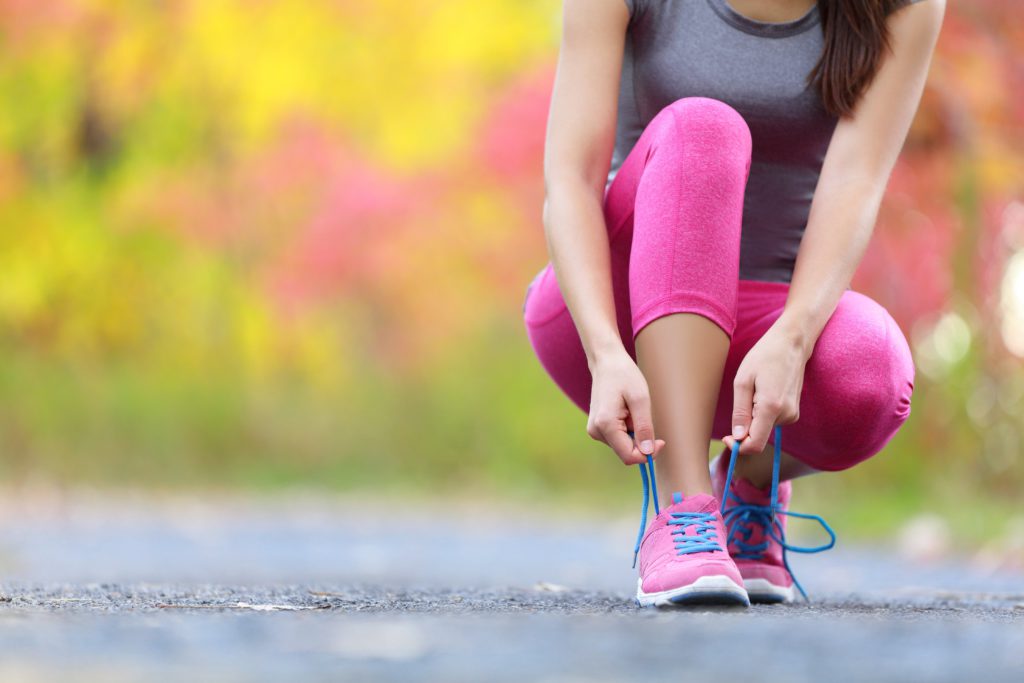



Weight matters
Don’t forget to take your weight into account in determining the right pair of shoes. More weight is translated into more impact between your foot and the ground.
Under this realization, you may be required to purchase shoes with additional support. Of course, other factors like neutral foot type should be considered before deciding.
Significant help should be provided by the expert helping you decide on your shoes, especially if you already feel foot, leg, or back pain.
Avoid buying the looks
You have to realize that if you are a serious runner, looks matter, but comfort matters even more. In some cases, fashion is the main driver for choosing trainers. This is because some runners are too concerned with style and fashion. However, you should avoid this mistake. In most cases, a great-looking shoe is not a great running shoe. Feel and fit should be your driver, considering you’ll run at least 400 miles with them.
Considering Shoe Features for Different Terrains
Whether you’re an asphalt aficionado or a trail trekker impacts how to choose road running shoes versus trail shoes. Road running shoes are generally lighter and provide more cushioning, while trail shoes offer more traction and stability.
Women’s Specific Needs in Running Footwear
How to choose women’s running shoes should consider the biomechanical differences between men’s and women’s feet. Women’s shoes are often lighter and softer and can provide a different fit, especially in the heel and forefoot.
The Process of Choosing Good Running Shoes
When choosing good running shoes, don’t rush the process. Spend time trying on different pairs, and don’t hesitate to run a few strides in them if possible. Remember, the best shoe for you is the one that feels right from the start.
Updating Your Shoes Regularly
Knowing how to pick the best running shoe is also knowing when to replace them. Even the best running shoes lose their cushioning and support over time. Keep track of your mileage and replace your running shoes every 300 to 500 miles to ensure your feet stay well-protected.
Time to decide
Ultimately, the answer to what running shoes should I get lies in a shoe that fits well, supports your running style, and feels comfortable mile after mile. Take your time, research, and always choose comfort and fit over style.
Considering all these factors before choosing is important. Now that you know what you’re looking for in a running shoe, it’s time to decide.
However, although this article provides sufficient information on choosing the best running shoes that fit your running style, it cannot motivate you to tap into running. Still, a great shoe is a step in the right direction.
FAQs
What factors should I consider when choosing a running shoe?
Consider your foot shape, running style, shoe’s cushioning, weight, stability, flexibility, and the terrain you will be running on.
How often should I replace my running shoes?
Replace your running shoes every 300-500 miles or every 4-6 months, whichever comes first.
Why is it important to try shoes with running socks?
Running socks affect the fit. Trying shoes with them ensures a comfortable run and prevents blisters.
What’s the difference between road and trail running shoes?
Road shoes are for pavement and packed surfaces. Trail shoes have extra traction and stability for uneven terrain.
How does the right shoe enhance performance?
The right shoe provides support, reduces injury risk, enhances comfort, and can improve stride efficiency.
Conclusion
In conclusion, finding the best running shoe involves more than just picking the right size. It’s about understanding your needs as a runner and choosing a shoe that will provide the support, comfort, and durability you need for your specific type of running. Finding the perfect running shoe might take some time and experimentation, but the impact on your running experience will be well worth it.
Alex is a fitness aficionado, empowers others towards healthier, active lives through small, sustainable changes for lasting results. Visit Gearuptofit.com for insightful tips and resources to enrich a balanced lifestyle.
